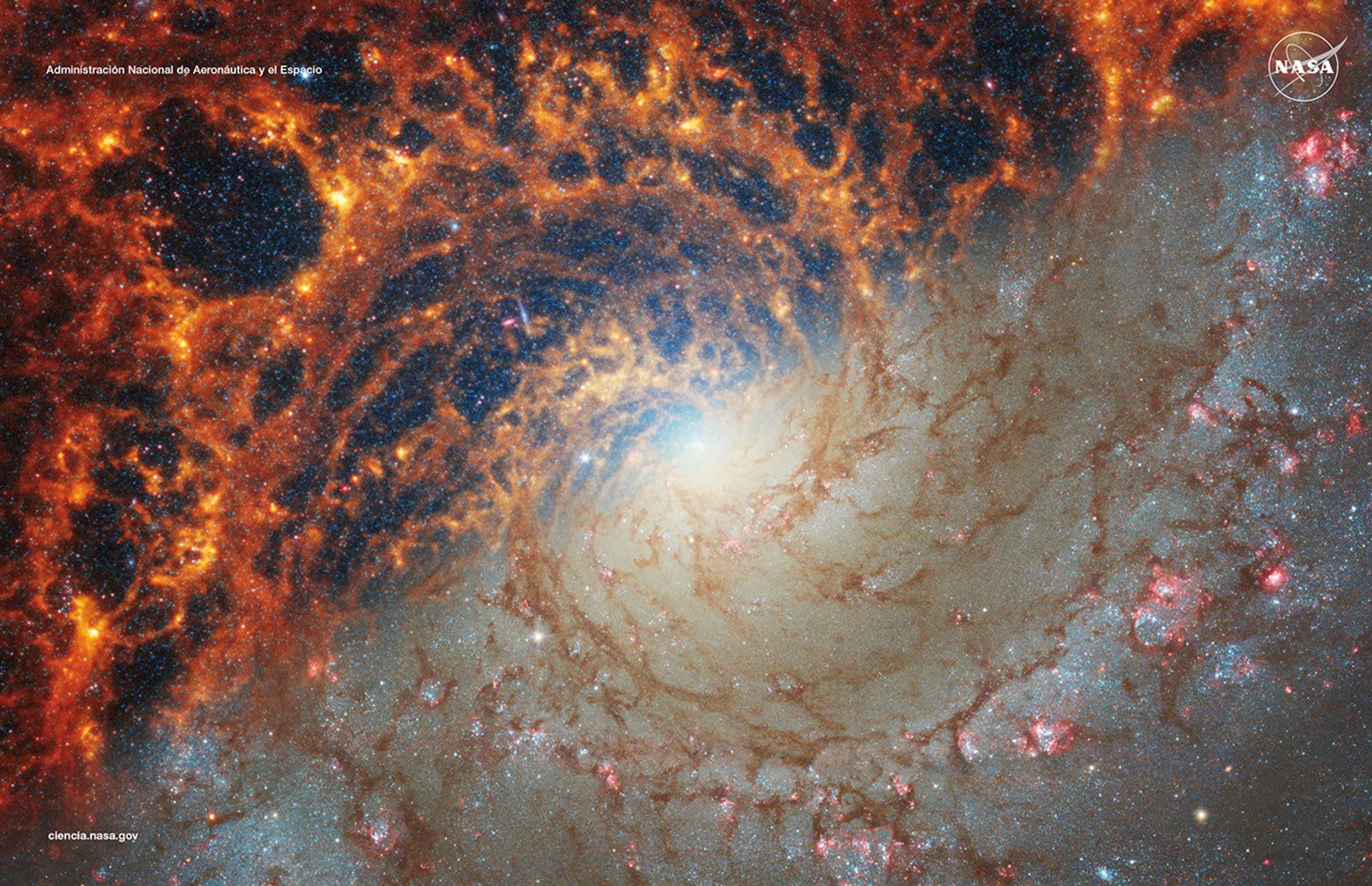Physics of the Cosmos
Science Groups
Science Interest Groups (SIGs) are standing groups of scientists with interests in a certain area of astrophysics. Science Analysis Groups (SAGs) are groups of scientists convened for a finite period of time (usually one or two years) to address a specific question of interest to NASA astrophysics.
Science Interest Groups (SIGs)
SIGs provide quantitative metrics and assessments to NASA in regard to current and future needs of the community in that area, and act as a focal point and forum for the community. Most SIGs operate within one of the three themes of NASA Astrophysics — Physics of the Cosmos, Cosmic Origins, and Exoplanet Exploration — but some encompass all astrophysics themes. All PhysCOS SIGs are chaired by one or more members of the PhysPAG Executive Committee. Anyone subscribed to a SIG’s mailing list is considered a member of the SIG.
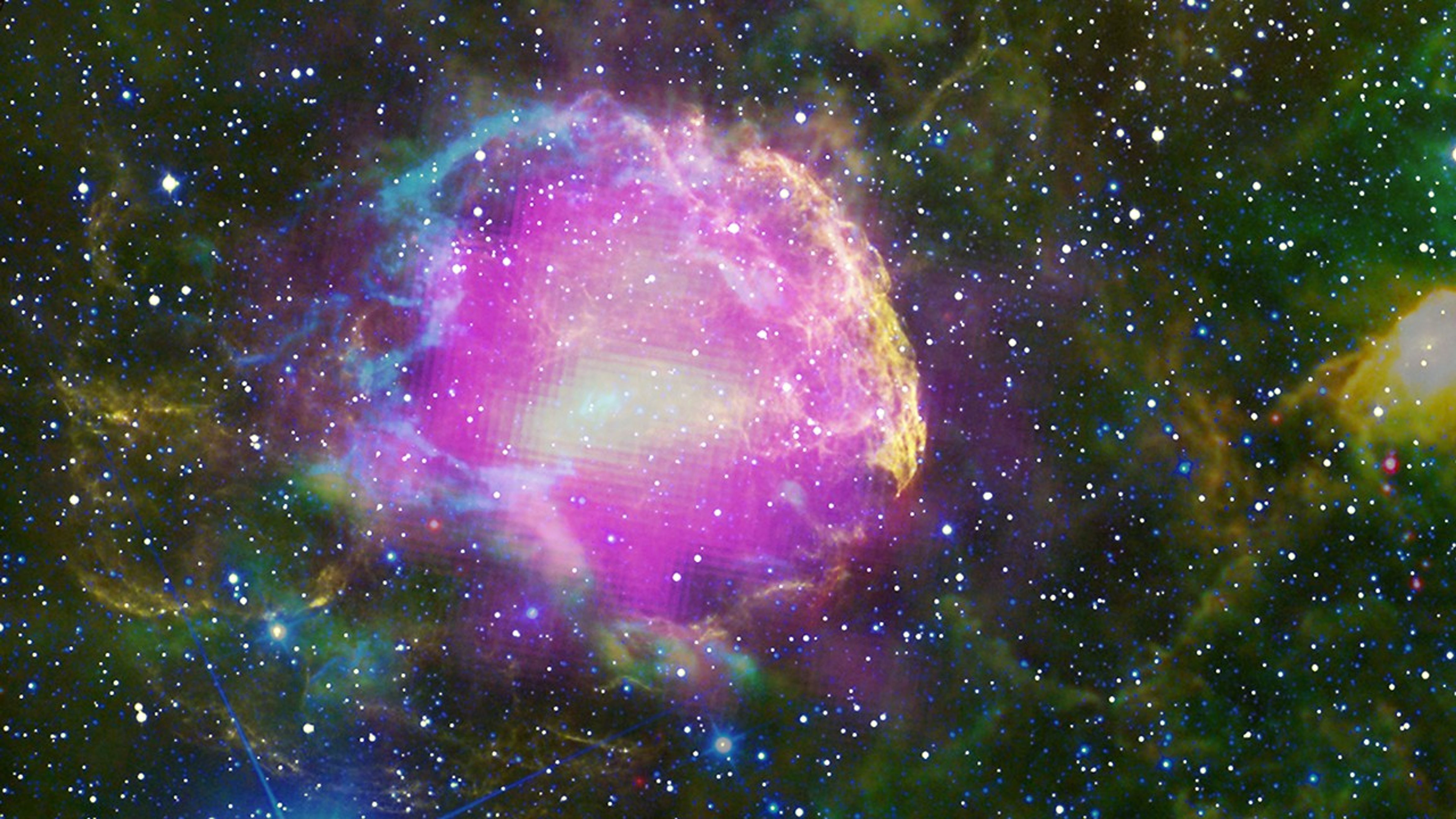
Cosmic Ray and Neutrino Science Interest Group (CRN SIG)
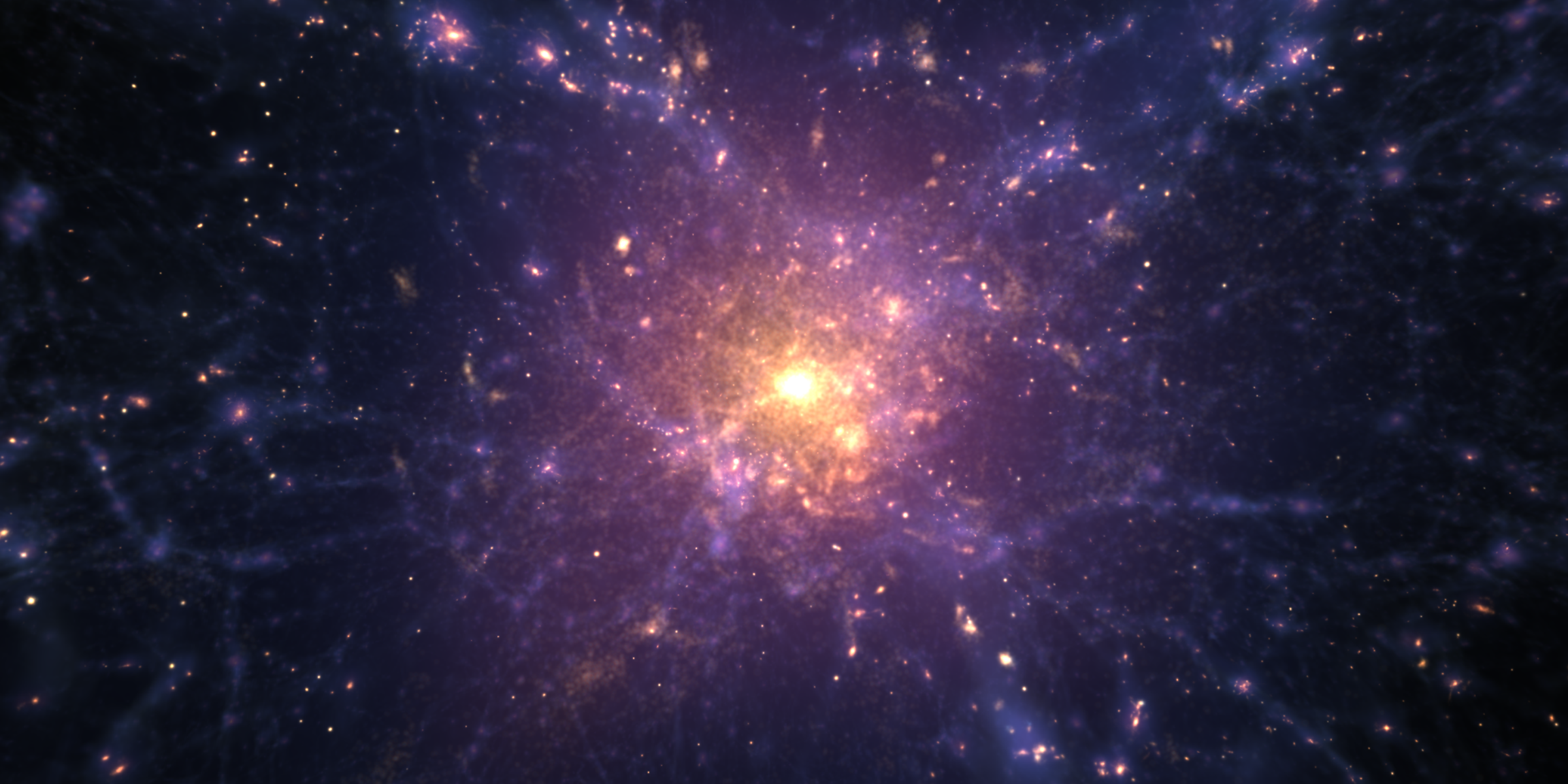
Cosmic Structure Science Interest Group (CoS SIG)

Gamma Ray Science Interest Group (GR SIG)
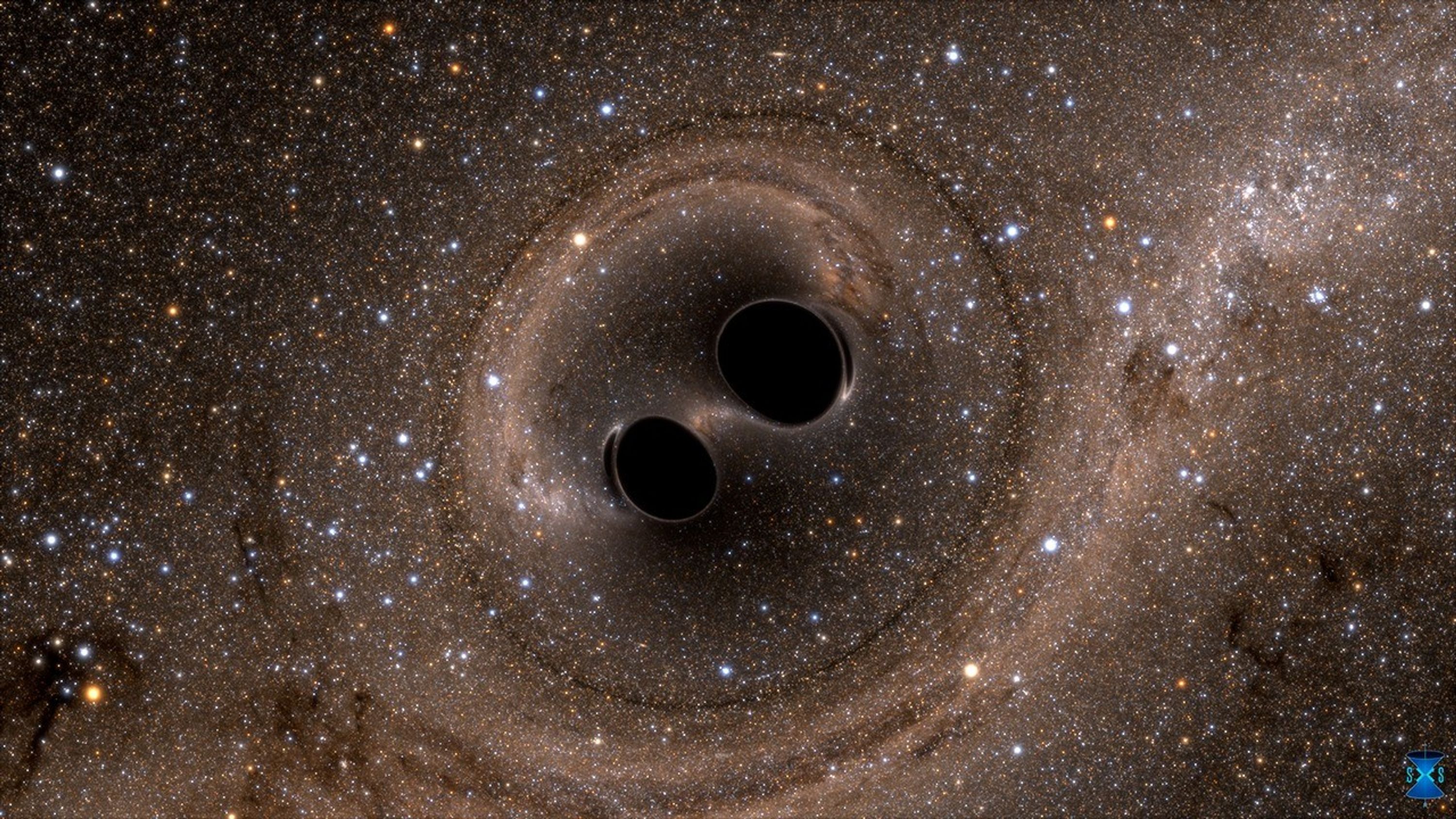
Gravitational Wave Science Interest Group (GW SIG)
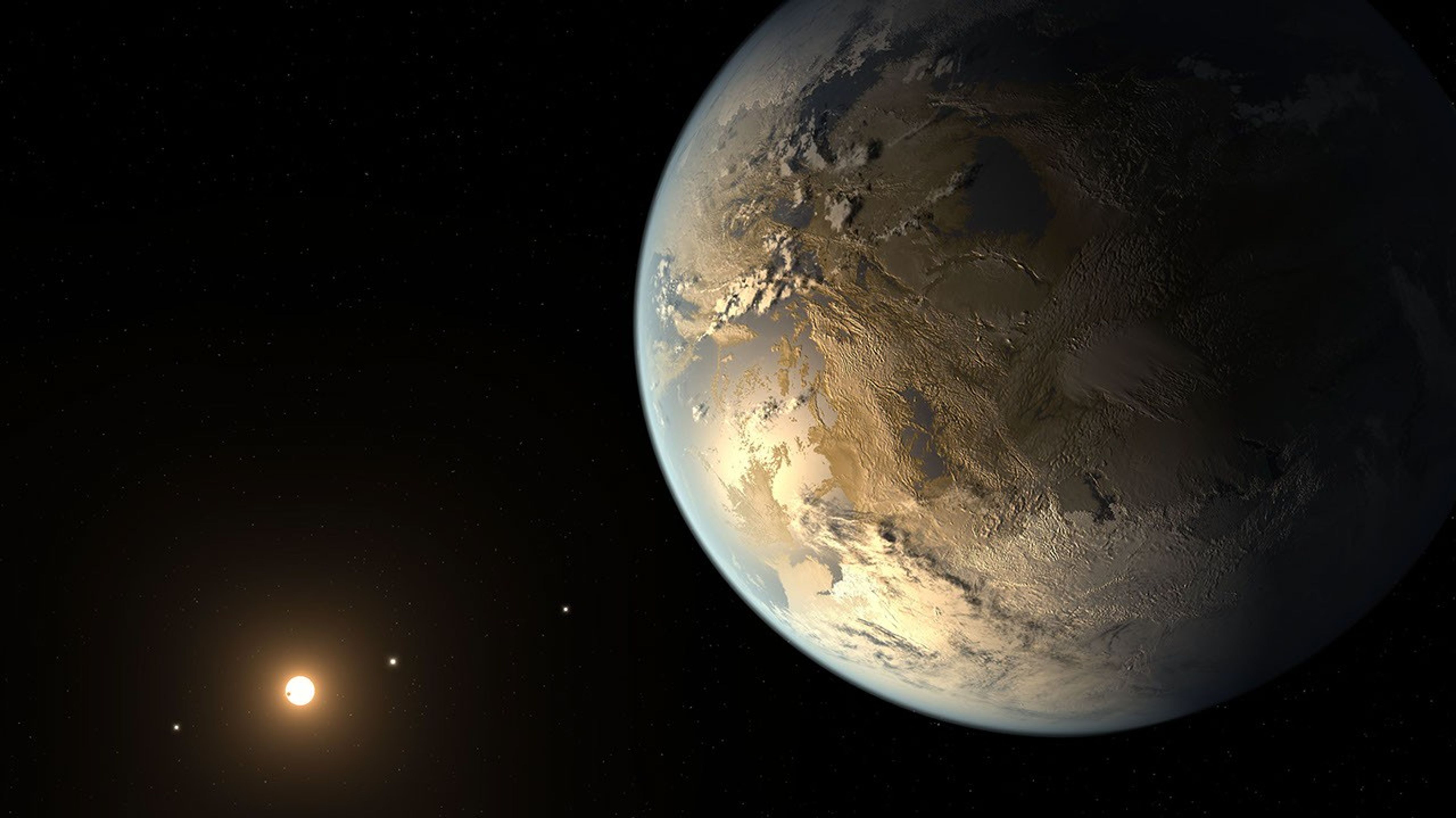
Habitable Worlds Observatory Science Interest Group (HWO SIG)
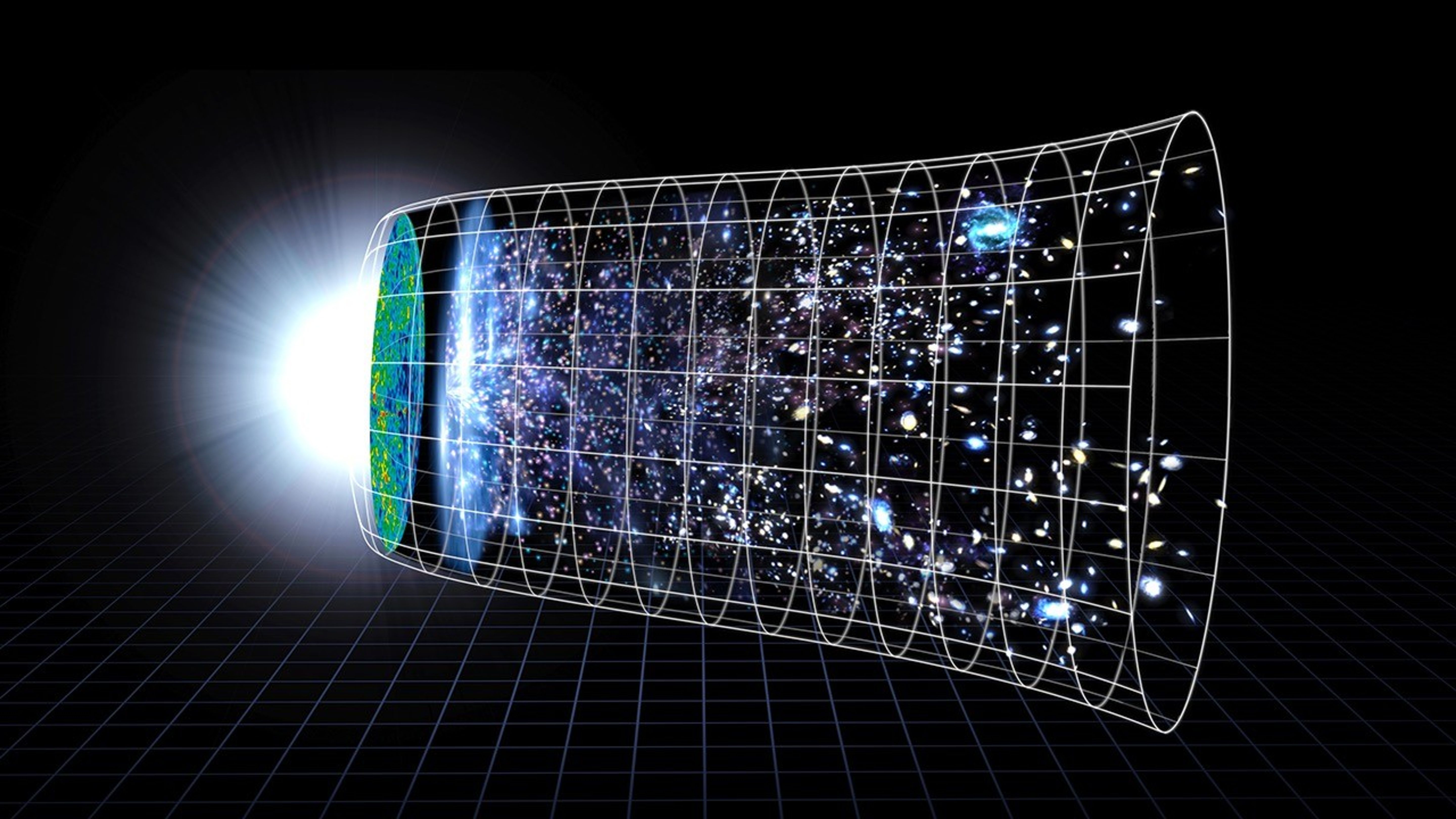
Inflation Probe Science Interest Group (IP SIG)
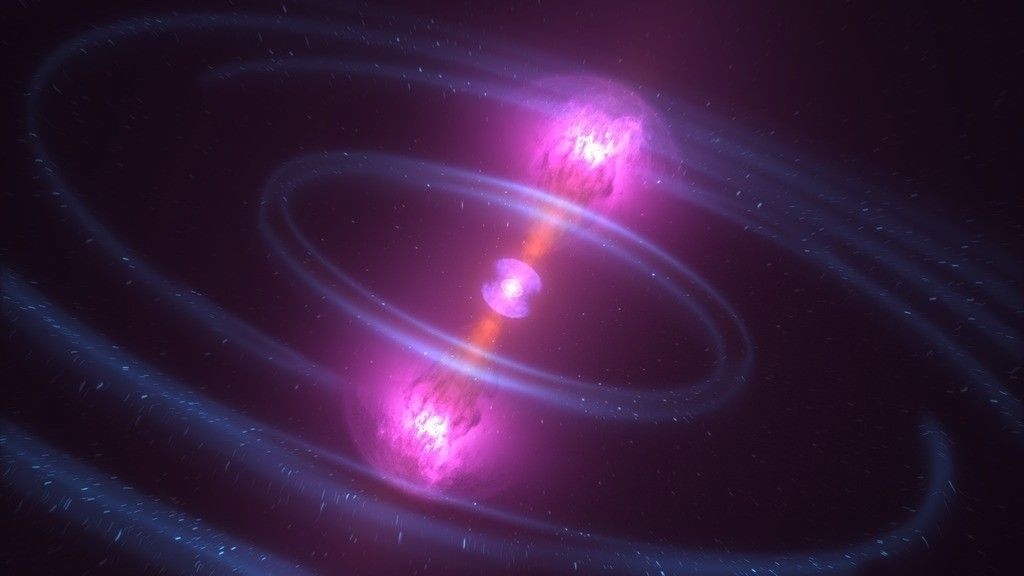
Time Domain and Multi-Messenger Astrophysics Science Interest Group (TDAMM SIG)
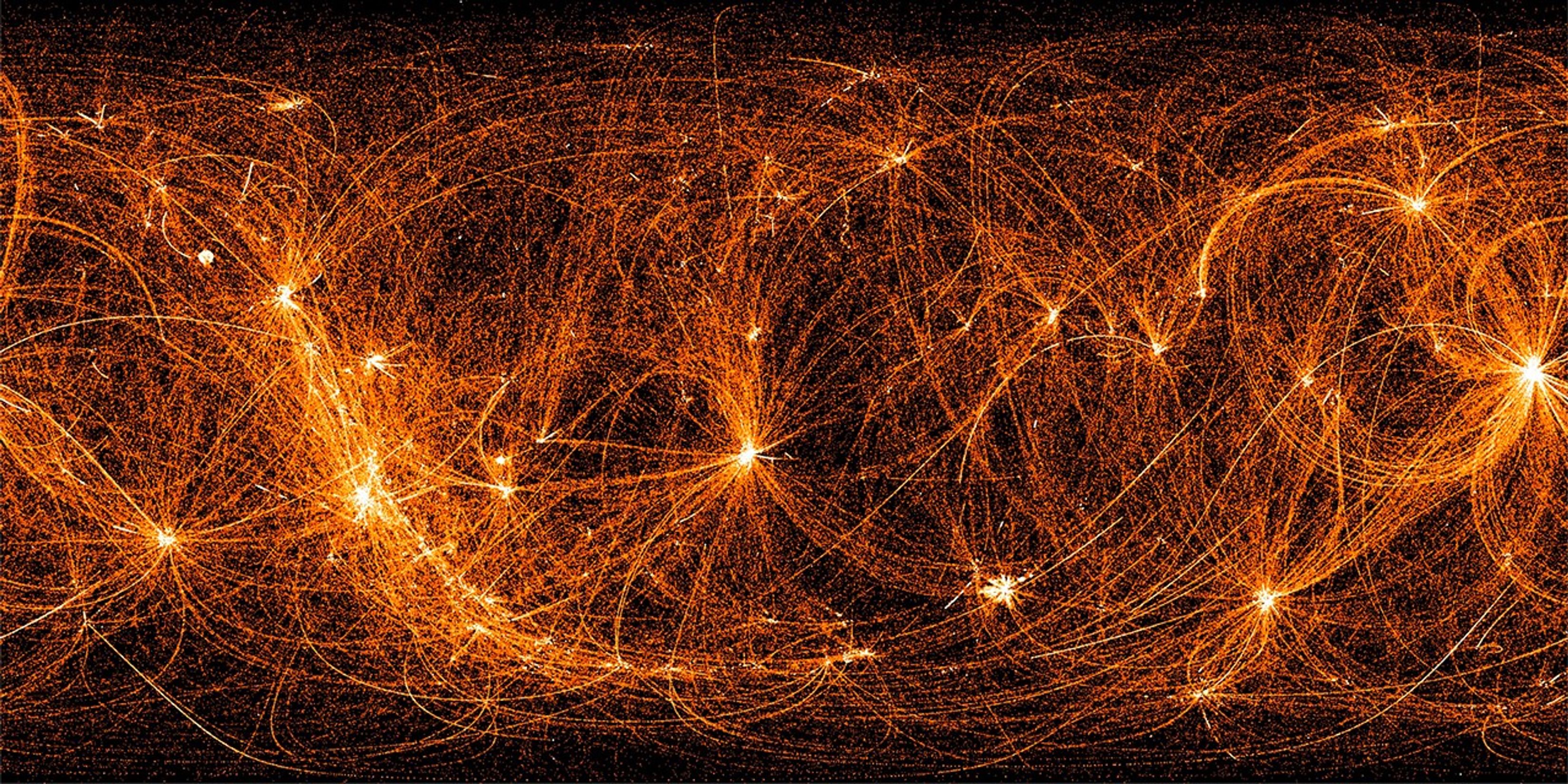
X-Ray Science Interest Group (XR SIG)
Science Analysis Groups (SAGs)
The SAG activity aims to produce one or more reports at the end of its term that will be delivered to the Astrophysics Division Director. SAGs can be formed in response to questions that emerge from discussions within a SIG or in response to a request for information from the Astrophysics Division Director. Many SAGs operate across multiple astrophysics themes, with chairs selected from the community.

Broad-Band X-ray Observatory Science Analysis Group (BBX SAG)
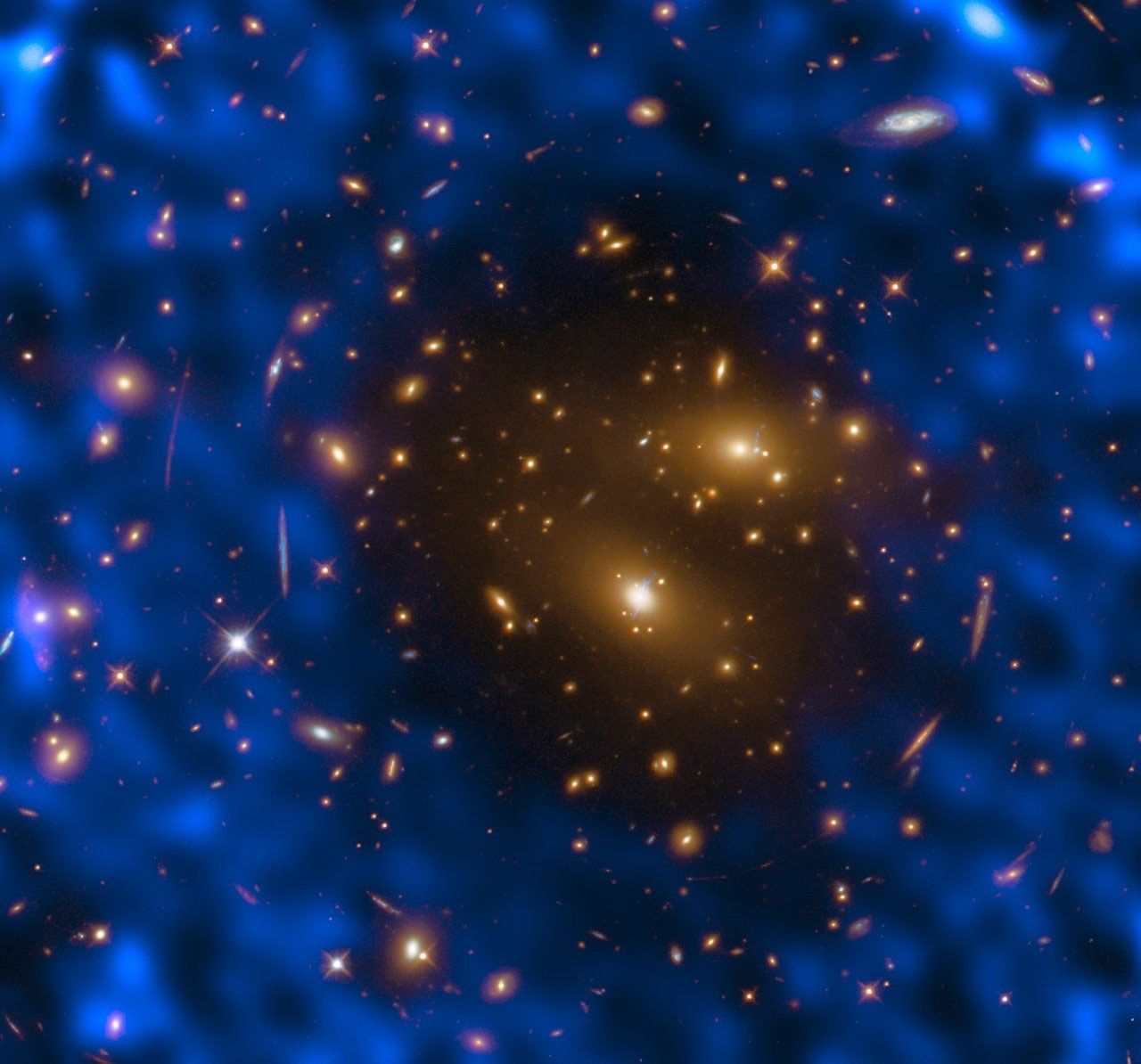
Cosmic Microwave Background Probe Science Analysis Group (CMB SAG)
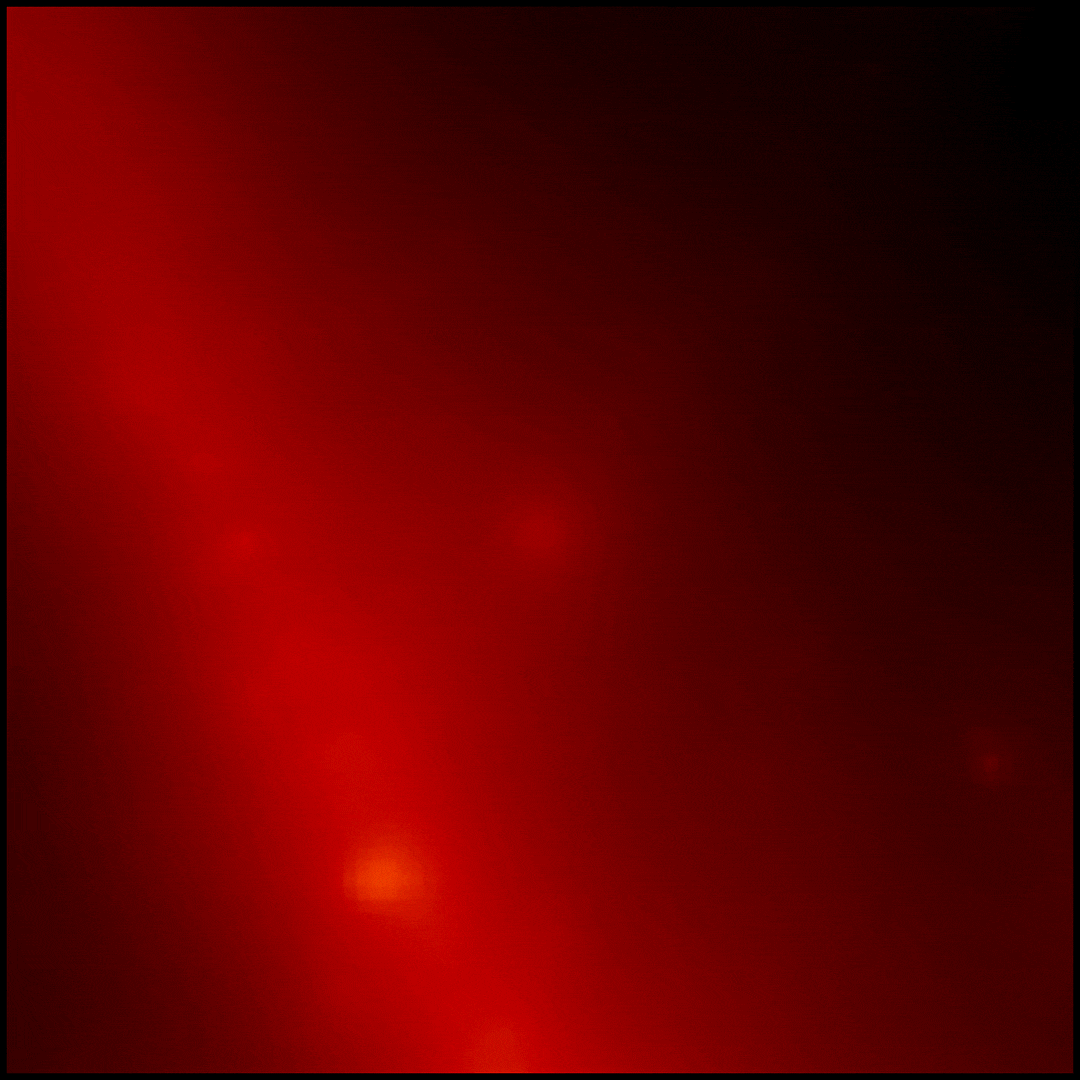
Future Innovations in Gamma Rays Science Analysis Group (FIG SAG)
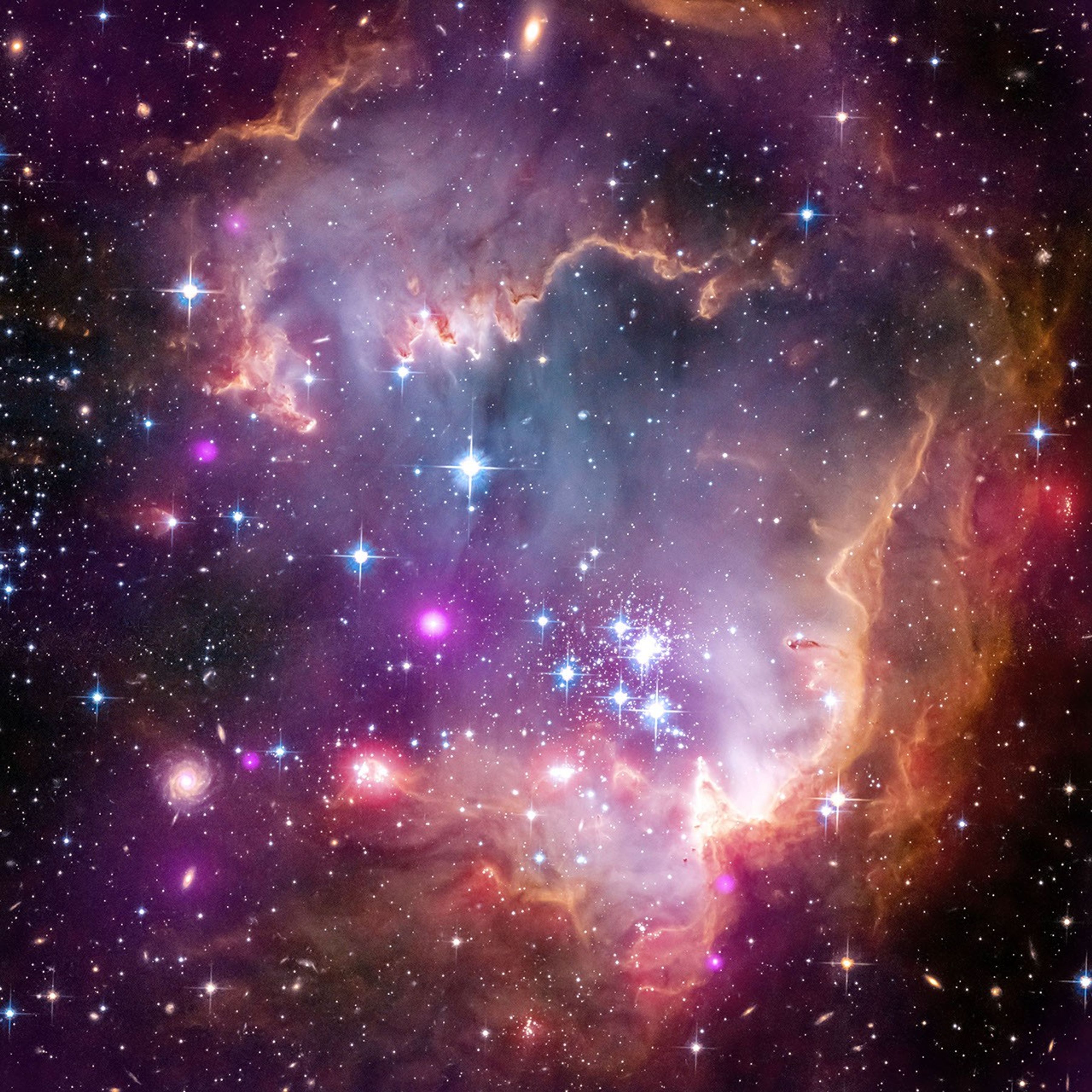
High Angular Resolution X-ray Imager Science Analysis Group (Hi-ReX SAG)

Lynx 2030 Science Analysis Group (Lynx2030 SAG)

New Great Observatories Science Analysis Group
(NGO SAG, Cross-PAG)
Completed Science Analysis Groups
- The Gamma-ray Transient Network Science Analysis Group (GTN SAG). The emphasis on time-domain and multimessenger astronomy by Pathways to Discovery in Astronomy and Astrophysics for the 2020s, the Astro2020 Decadal report, led to this Science Analysis Group tasked with quantifying what could and should be done with the InterPlanetary Network (IPN). The final report was submitted by the SAG in 2023.
- The Technology Science Analysis Group (TechSAG) was very active during the first year of the PhysPAG. It providing broad community inputs to NASA PhysCOS technology planning. The TechSAG work was completed (summer 2012) and moved to the four continuing SAGs (IPSAG, X-ray SAG, GWSAG, and GammaSAG). The four continuing SAGs were later redesignated as Science Interest Groups (SIGs): IP SIG, XR SIG, GW SIG, and GR SIG.
- TDAMM Communications SAG Contacts: Co-Chairs Jamie Kennea (Penn State) and Judy Racusin (NASA GSFC).
- The Multi-Messenger Astrophysics Science Analysis Group (MMA SAG) analyzed the potential scientific benefits of multi-messenger observations made possible by NASA observatories in the 2020 decade and beyond, working in conjunction with each other or with other ground and space-based instruments. This SAG concluded activities in 2020.
News Straight to Your Inbox
Subscribe to your community email news list
We will never share your email address.
